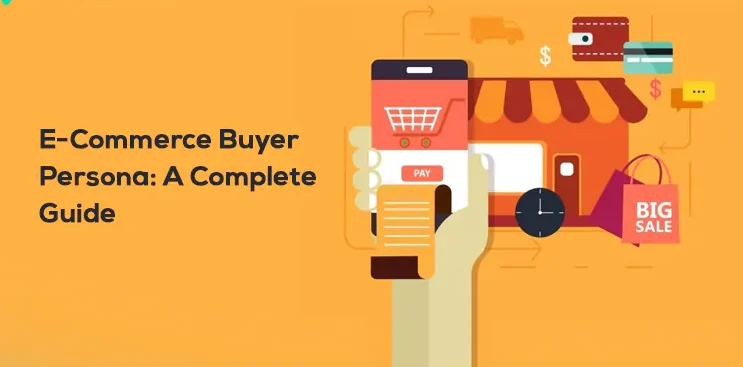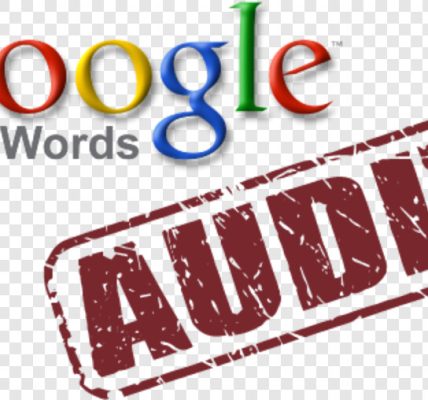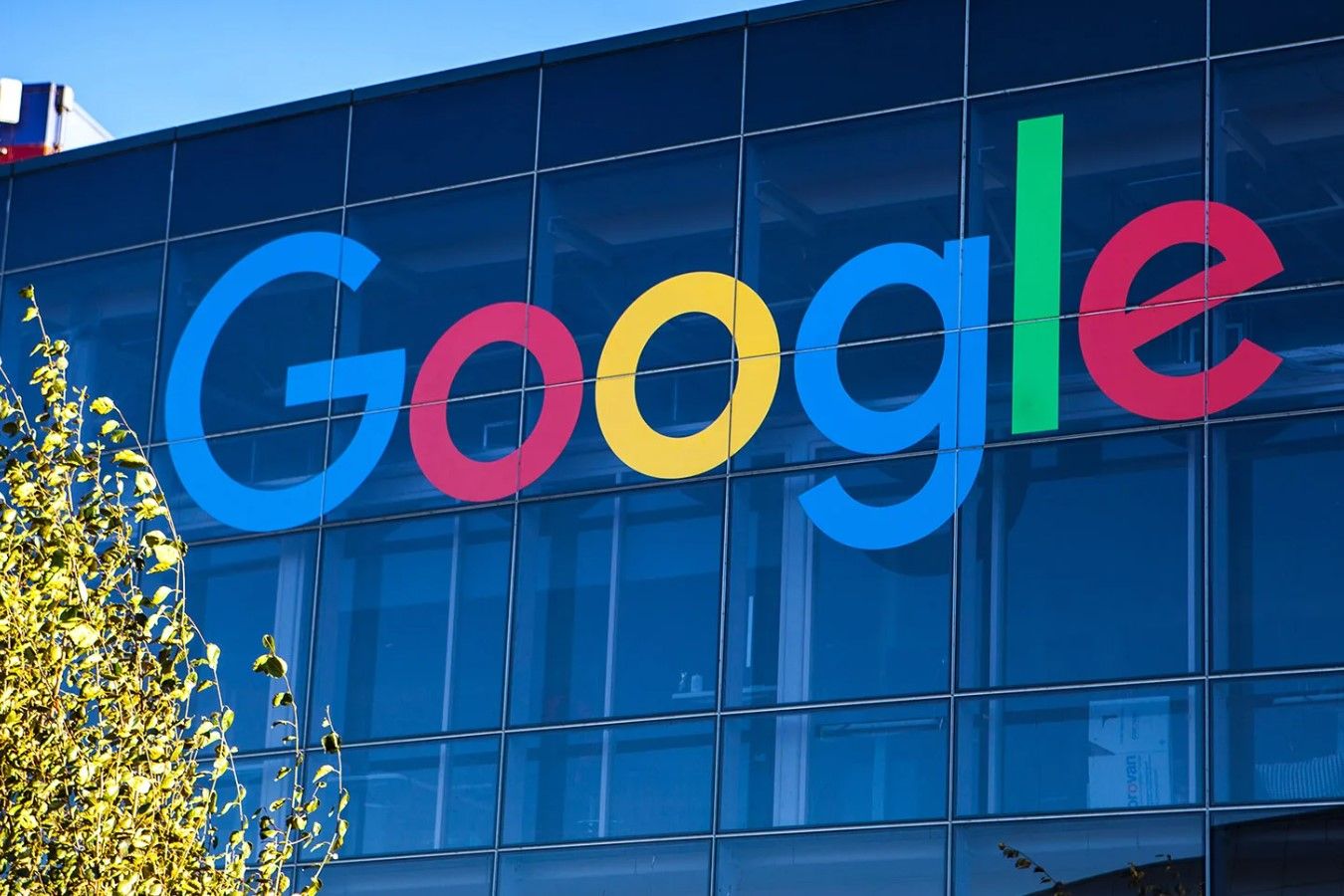Updated for 2019
Picture this…
You’re making your way down the street to pick up some lunch at your favorite neighborhood eatery. You reach out to open the door and someone quickly hands you a flyer: “Free Coffee Roasting Class” from a new coffee shop in town.
Unless you happen to be a coffee aficionado, there’s a 90% chance your next move is to throw away the flyer before you finish reading further details. This advertiser did not target the right audience and wasted an opportunity.
Ecommerce buyer personas are the building blocks to identifying your target audience and are crucial in your marketing. Without these personas, even if you’re creating effective Facebook ads, you’ll be speaking to the wrong crowd much like our example above.
The cardinal rule of buyer personas (or customer avatars, audience persona, or ideal customer profile as they’re also referred):
“Talk in terms of the other person’s interests.” – Dale Carnegie, How To Win Friends And Influence People
Ecommerce Buyer Persona: The building blocks of marketing
This guide will teach you how to target your audience online by creating detailed buyer personas to identify your target customers for your ecommerce business.
Again, knowing to whom you’re talking to will make it easier to drive leads through your conversion funnel and eventually get the sale.
Use these customer profiles in all areas of your marketing:
- Digital advertising – how will you write your ad copy, design your ad images, target your customers?
- Content marketing – what kind of content will you create that speaks directly to your customers’ needs?
- Email marketing – how will you design your email campaigns to nurture each buyer persona?
- Social media marketing – what kind of social posts will you create to engage your target audience?
What is a buyer persona?
A buyer persona is a detailed profile of your target customer. If you have more than one type of customer, then you’ll have more than one buyer persona.
These personas help to identify your target audience online by listing important information:
- Demographics
- Interests
- Goals
- Challenges
- Values
- Objections
Buyer personas narrow down your marketing message to speak directly to your customers. Each buyer persona warrants creating a unique marketing message.
As the old marketing adage goes: if you speak to everyone, you speak to no one.
How to create a buyer persona
A buyer persona has 5 key sections. We’ll go through each section below in detail.
Here are three important points to keep in mind:
- You should ideally survey your customers for the information
- Extract data from your team and online resources
- Come up with educated guesses when you have to
Let’s use the example of the failed coffee advertiser from above.
Start here

Let’s say this cafe also sells coffee beans online, both green and roasted. They want to run a campaign targeting their location as well as surrounding towns
We know that this cafe is new in town and wants to lure passionate coffee lovers through a free class. Therefore, we reach out to the low hanging fruit by targeting individuals who already show a strong affinity towards coffee and single origin coffee beans.
First, we’ll start with a name, Single Origin Sam (catchy right?)…
Demographics and Interests
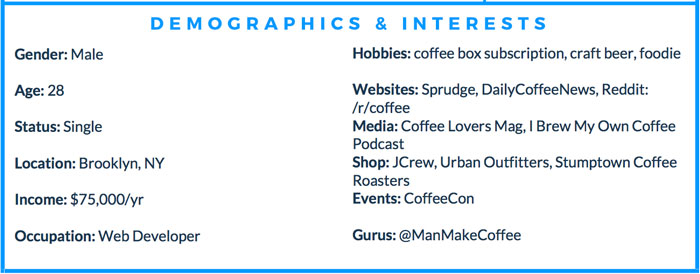
In this first section, we fill in the demographic information and interests of your ideal customer.
Based on the demographic information we’ve gathered from various cafes in the area, we know that 25-34 year olds tend to frequent nearby cafes, the majority single males, who bring their laptops in for work; generally web development.
In terms of interests, customers come from a hip part of town with plenty of innovative restaurants and craft beer bars. Many brew coffee at home themselves using an Aeropress or Hario V60.
This love of coffee means they subscribe to very industry specific blogs and social media accounts as well as attend certain events when they come into town.
Notice how a big chain like Starbucks doesn’t appear; that’s because they’re a household name and not a targeted interest.
Now our buyer persona has come to life! But, let’s dig deeper…
Goals
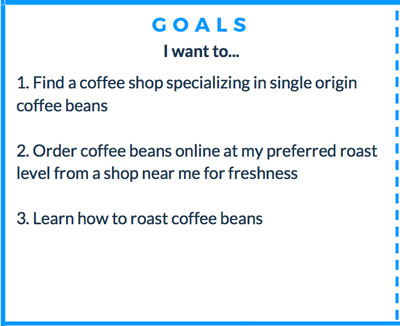
Goals are the objectives our buyer persona wishes to achieve which we as marketers can leverage to craft an irresistible offer.
Given the information on our target audience, we know that Single Origin Sam would be interested in finding a coffee shop specializing in single origin coffee beans.
Customers with an affinity to single origin beans also have a preferred roast and freshness matters are whole beans go stale soon within 3-4 weeks from roasting.
Many home coffee brewers at this level also tend to take up a hobby of roasting, so the learning curve presents our coffee shop with an opportunity to market to them with a free coffee roasting class.
So we know Single Origin Sam’s goals, but do our values align?
Values
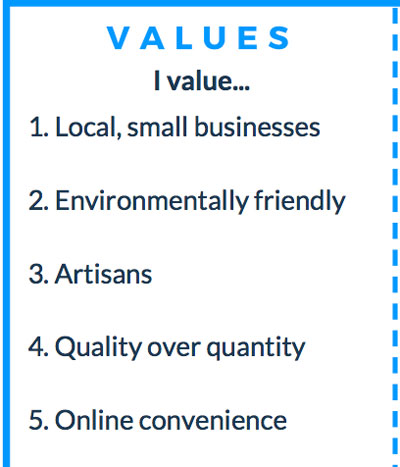
Values are the prerequisites that our ideal customers have that confirm their willingness to do business.
Within the third wave coffee community, customers lean towards local, small businesses.
Environmentally friendly and artisanal skills are preferred; therefore quality matters. Online ordering is a plus for aficionados wanting consistent deliveries.
What challenges does this buyer persona face?
Challenges
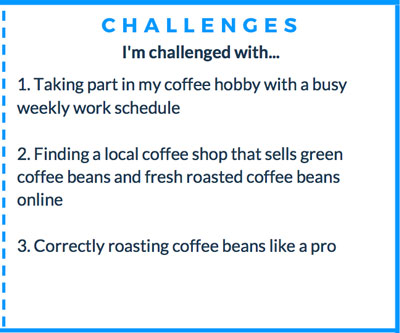
What challenges or pain points stand in the way of your target audience?
Single Origin Sam has a tough time making time during the week to explore his coffee hobby. Could weekend events entice him?
Finding a local coffee shop selling both green and roasted beans online show buyer intent. Are you offering the accessibility?
He’s challenged with having the skill to roast like a professional. A perfect foot-through-the-door offer can be made to address this pain point.
These pain points can be addressed, but, what objections would Single Origin Sam have towards taking up your offer?
Objections
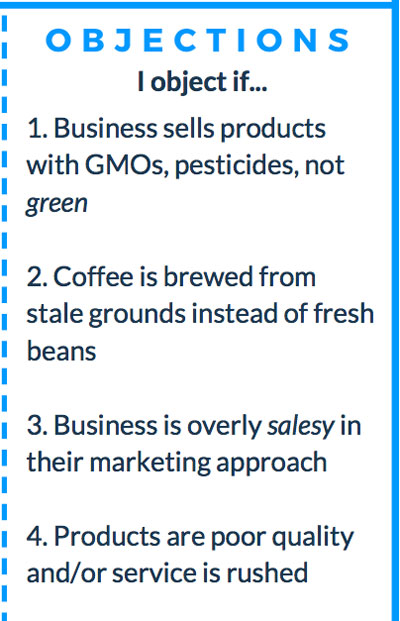
Objections are the reasons your ideal customer would say no. Are you addressing these objections?
We know based on his values, this buyer persona prefers environmentally friendly businesses selling high-quality products. Based on his goals, fresh whole beans are a must. Our customers also prefer the feel of a local, small business; not the overly salesy approach of big chains.
Address all buyer persona objections in your marketing message to encourage sales.
Where to get buyer persona data
The data that goes into creating a buyer persona is crucial. As mentioned above:
- Survey your existing customers
- Survey customers of competitors
- Discuss with your internal sales teams
- Search through online resources such as Quora or Reddit
- Look at your Google Analytics, Facebook’s Audience Insights, and other platform analytics used in your business
- Use your best judgment
Create multiple buyer personas
Remember, don’t be the failed advertiser that hands out flyers. Test multiple buyer personas in your marketing. Each persona will have unique targeting and messaging.
Are you ready to begin narrowing down the focus of your marketing? Begin by creating buyer personas for your business…
Download the Buyer Persona Template
